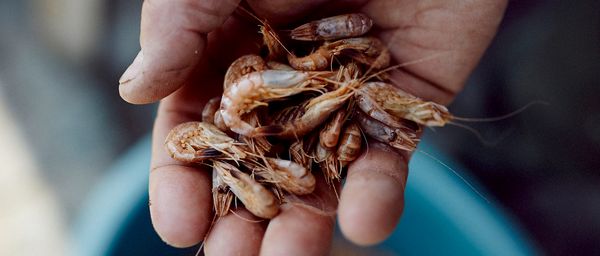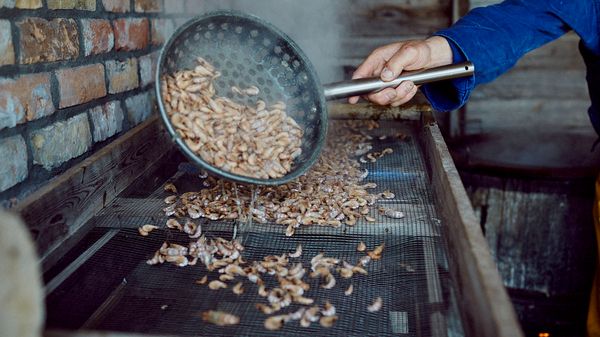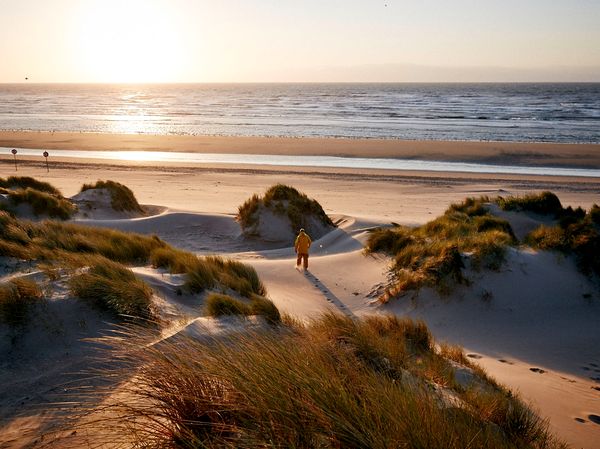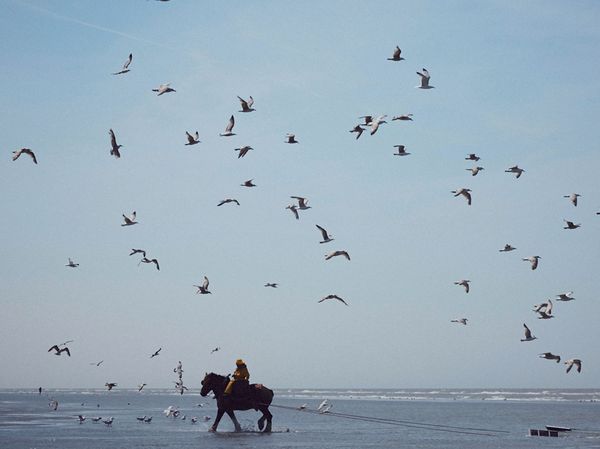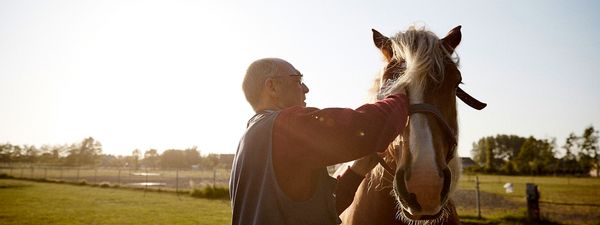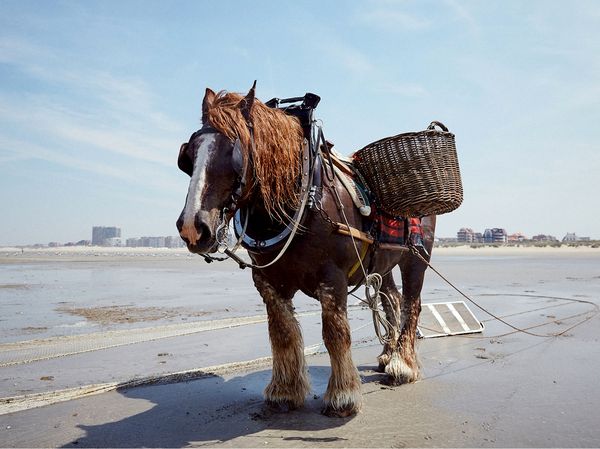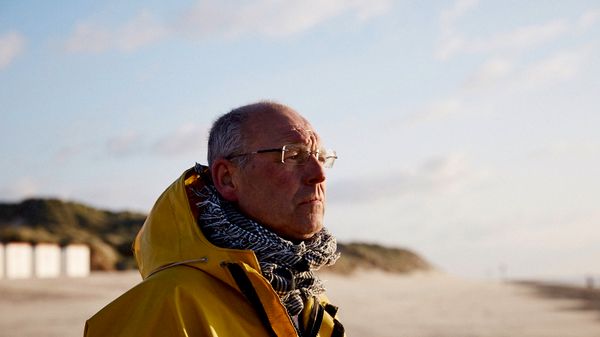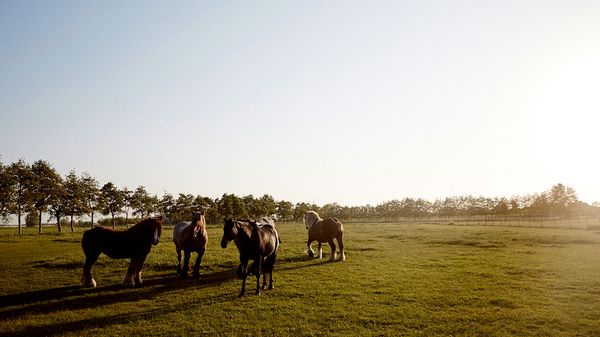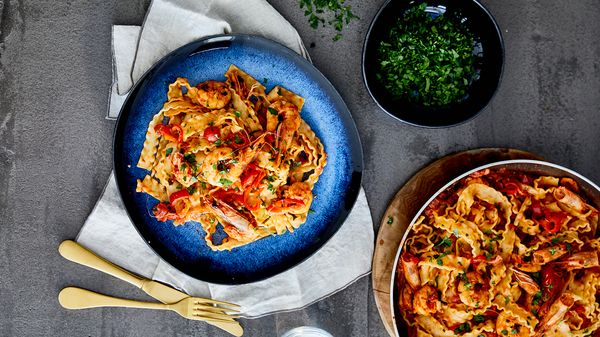They drag long fishing nets behind them in which the shrimp are caught. The contents of these nets is true slow food. Pure, simple, authentic enjoyment that starts on the journey to its destination. And the perfect antidote to the huge trawlers that plough the oceans, destroying the sensitive balance of the underwater world.
‘I could never work like that because I love the sea’, says Chris Vermote. ‘I first dragged a net behind me and caught shrimp and fish here when I was 13 years old.’ What fas-cinates him in particular? ‘You feel the primal force of the water, the pull and current and tides. Whatever you catch just tastes fresh and unadulterated.’
